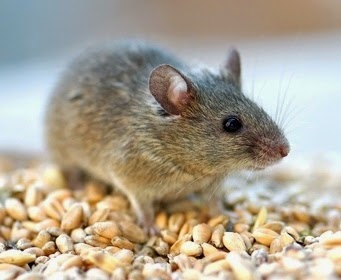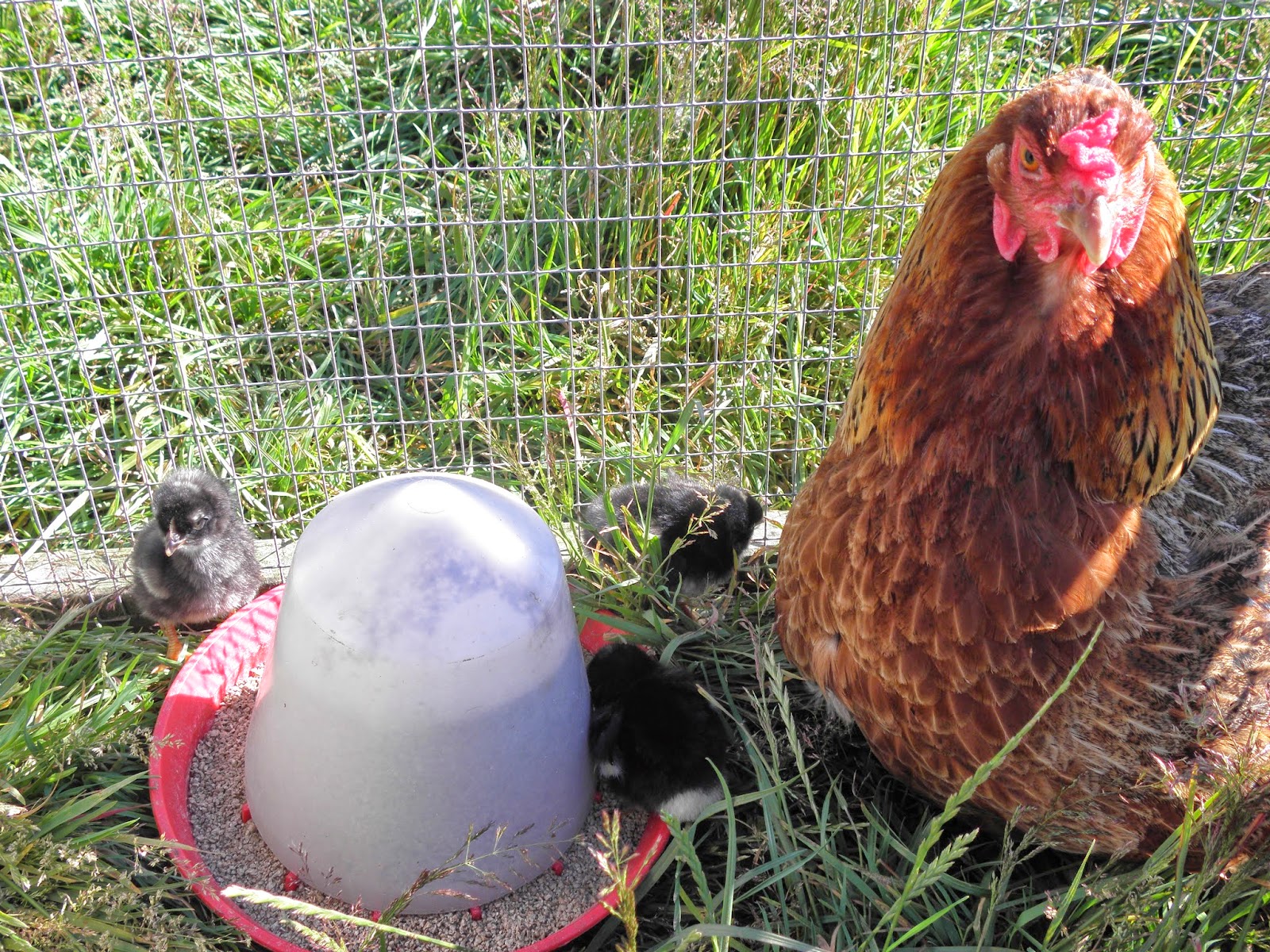Just yesterday the
Flyte so Fancy Team was sitting in the sun enjoying an ice lolly and remarking what "an incredibly warm afternoon it was" and throwing around phrases like "unseasonably hot" and "
Indian Summer". It's a rough old life.
We have somewhat been brought back to earth with a bump this morning as it is cold, grey and raining. So, much for "Indian Summer". The Flyte so Fancy Team aren't the only ones scrambling for a dry corner to work in. The residents of the FSF
Poultry Paddock looking indignant have all shuffled under the available the shelters to keep their feathers dry. Suffice to say, the ducks couldn't care less.
We have various
shelters in our chicken field for our flock to stay dry under, from the very small to fit the smallest of gardens, to field shelters big enough to house two large pigs.
The Feeder Shelter / Dustbath
A very small and versatile little shelter, this is designed to be used as a dustbath to save your flowerbeds, or if you turn the base upside down as a raised platform shelter for a feeder. While it might look small this is no lightweight box that will blow away and is a perfect
little stay-dry spot for your hens.
 |
| Chicken Feeder Shelter / Dustbath |
The Jungle Gym
Worried that your girls need a little entertainment? Are they beginning to look a little flabby in the feathers? Well, the
Chicken Jungle Gym is a one stop adventure playground for your hens. With
multiple perches, different levels and hanging points for treats, it also has a roof for protection from the both rain and sun. We have one persistent hen who insists on perching under the roof in even the most torrential of rainstorms.
 |
| Chicken Jungle Gym |
The Chicken Dust n' Perchery
The Chicken Dust n' Perchery is a large shelter with a
rack of seven perches for your girls as well as some more inside for staying out of the rain, it has a
substantial roofed area for the large dustbath, sheltering from the elements or for putting feeders and drinkers. Solidly built to be used by all breeds of birds, the Dust n' Perchery will withstand life in the outdoors with ease.
 |
| Dust n' Perchery Shelter |
The Chicken Shelter
The Chicken Shelter is a simple weather shelter, to give your girls somewhere to go to stay out of the rain during a downpour. They are also an ideal place to put feeders and drinker to keep them out of the elements.
Coming in two sizes, the Small and the Large, the overhanging roof on the open front provides maximum protection for within the shelter.
The small shelter comes with a single central perch for your birds, while the larger option has two internal perches, it has plenty of room for all. Both units are sturdily built, with a ventilation gap along the back panel
to prevent the shelter blowing over in high winds. Both shelters come with stainless steel hooks for the hanging of treats or even feeders and drinkers.
So snug do the FSF flock find these shelters, that we currently have a broody hen laying on a clutch of eggs within one at the moment.
 |
| The Chicken Shelter and a very organised queue |
The Chicken Shelter Jumbo
Of the same design as the Chicken Shelter, the Jumbo Shelter has it's own category for one reason, it is huge.
Roughly 6ft by 4ft by 4ft, the Jumbo Shelter will hold around 15 birds, it was originally designed for a customer who kept pigs. With two internal perches for your birds,
the Jumbo Chicken Shelter is a very large unit, for those whose flock has grown and grown.
 |
| Jumbo Shelter plus ex-professional rugby player to give an idea of scale |
As I sit here tapping away at my keyboard the rain has actually stopped, the Despatch Team have tentatively poked their heads from out of the shop, while the chickens are slowly lifting their skirts out of the wet grass and heading out into the paddock. Regardless of the weather the ducks are continuing to cannonball off the floating duck lodge into the pond.
This has just been a very quick guide to our different chicken shelters, if you have any more questions or queries, why not leave us a comment or give us a ring on 01300 345229.
Thanks for Reading
James













































